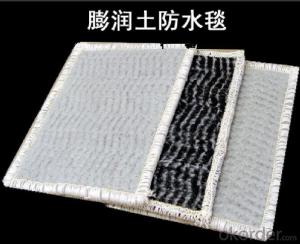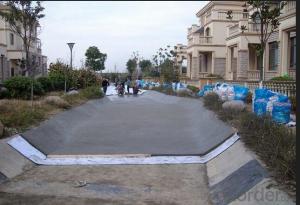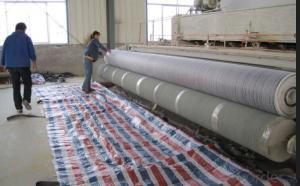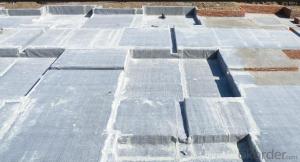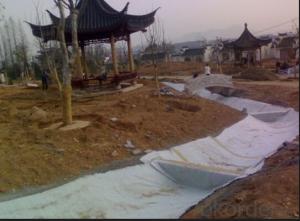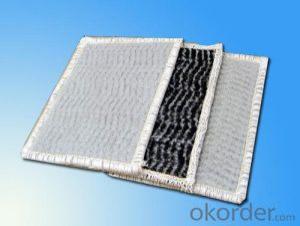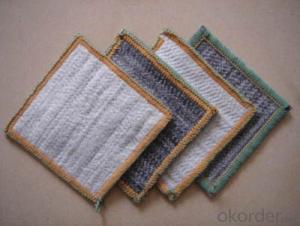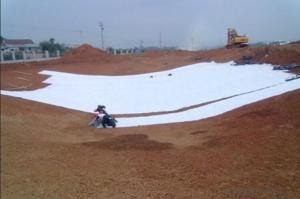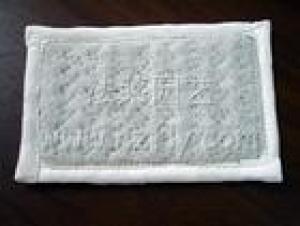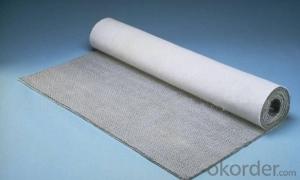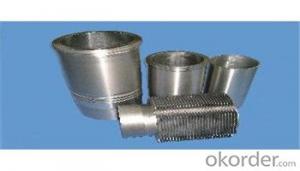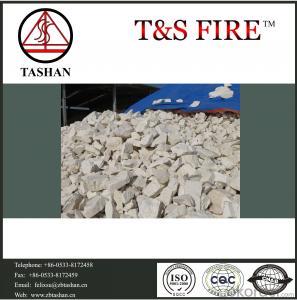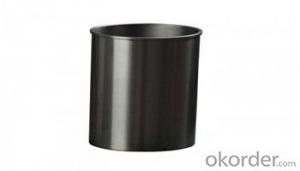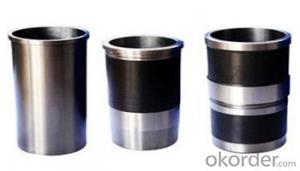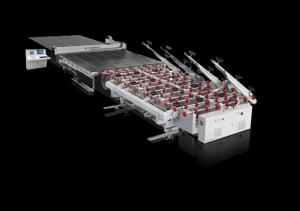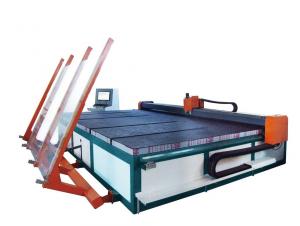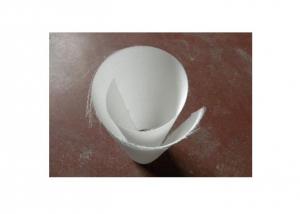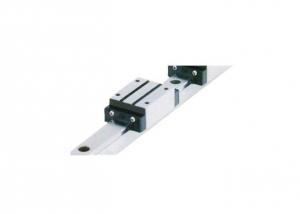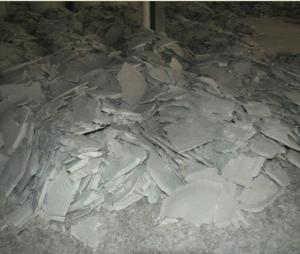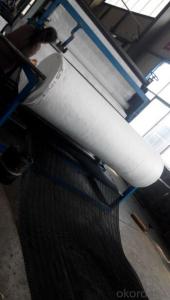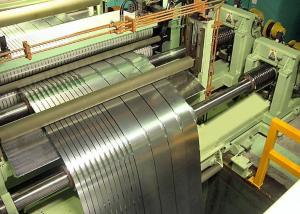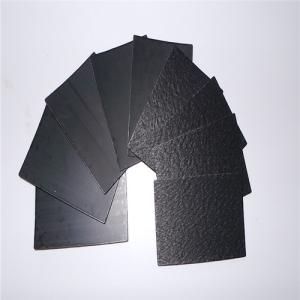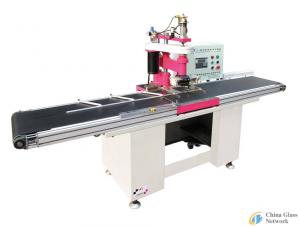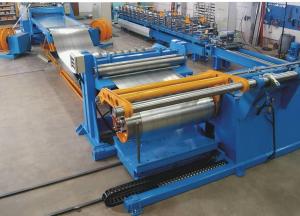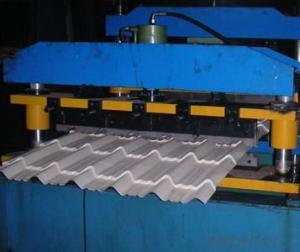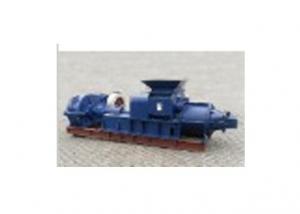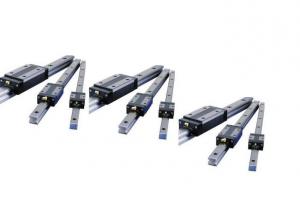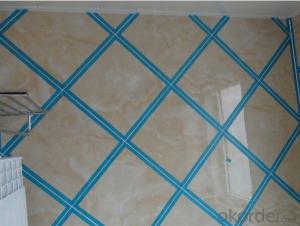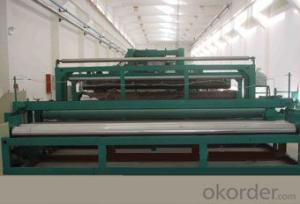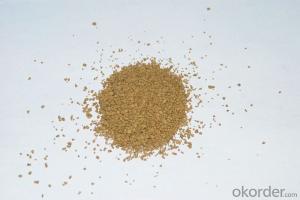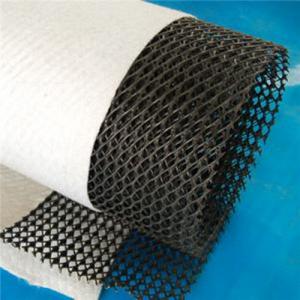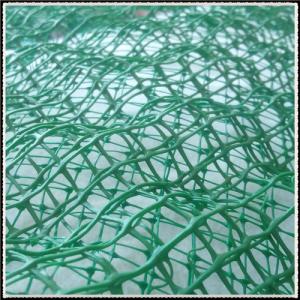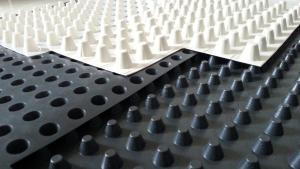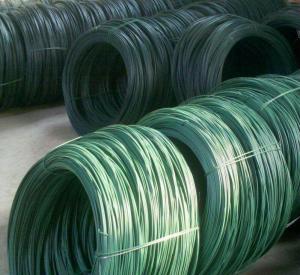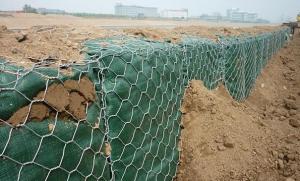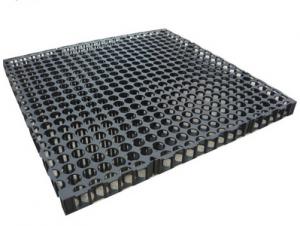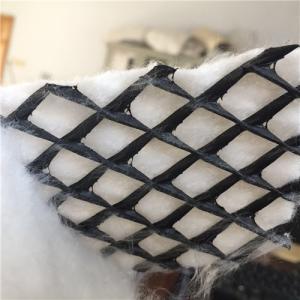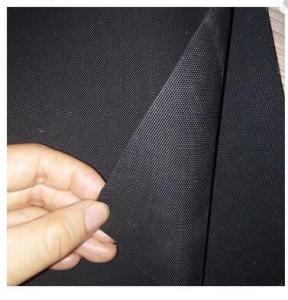Geosynthetic Clay Liner
Geosynthetic Clay Liner Related Searches
Geocomposite Clay Liner Geocomposite Liner Gcl Liner Impermeable Geomembrane Liner Waterproofing Geomembrane Liner Pvc Geomembrane Liner Geomembrane Pond Liner Geosynthetic Fabric Liner Geomembrane Bituminous Geomembrane Liner 30 Mil Geomembrane Liner Geomembrane Liner Landfill Wholesale Liner Geomembrane Geomembrane Liner Specification Geomembrane Liner Welding Geosynthetic Materials Lldpe Geomembrane Liner Geomembrane Liner Supplier Geocomposite Drainage Layer Synthetic Geogrid Prefabricated Geomembrane Liners Rpp Geomembrane Liner Geomembrane Liner Leak Detection Geomembrane Liner Price Geomembrane Liners Geomembrane Liner Installers Geomembrane Liner Companies Geomembrane Liner Cost Concealed Spline Ceiling Geocomposite DrainGeosynthetic Clay Liner Supplier & Manufacturer from China
Geosynthetic Clay Liner is a type of engineered material used in environmental engineering projects, primarily for the purpose of containing and preventing the migration of contaminants. This innovative product combines the benefits of natural clay with the strength and durability of synthetic materials, resulting in a highly effective barrier against pollutants. The Geosynthetic Clay Liner is designed to be flexible and adaptable to various site conditions, making it an ideal solution for a wide range of applications.The Geosynthetic Clay Liner is widely used in a variety of applications, including landfill liners, wastewater treatment facilities, and industrial waste containment. It is particularly effective in situations where traditional clay liners may be impractical or insufficient due to their limited flexibility or permeability. This product is also commonly utilized in the construction of water reservoirs, canals, and other hydraulic structures where watertightness is crucial. The Geosynthetic Clay Liner's versatility and effectiveness make it a popular choice among engineers and contractors in the field of environmental protection.
Okorder.com is a leading wholesale supplier of Geosynthetic Clay Liner, offering a vast inventory of this high-quality product to customers worldwide. With a commitment to providing exceptional customer service and competitive pricing, Okorder.com ensures that clients have access to the materials they need to complete their projects successfully. By partnering with reputable manufacturers and maintaining a large stock of Geosynthetic Clay Liner, Okorder.com is able to deliver this essential product to customers in a timely and efficient manner.
Hot Products
